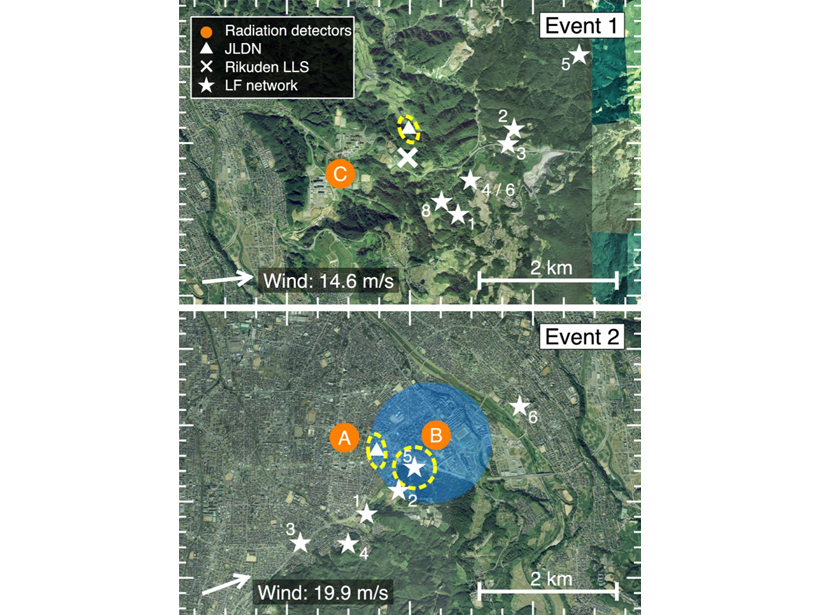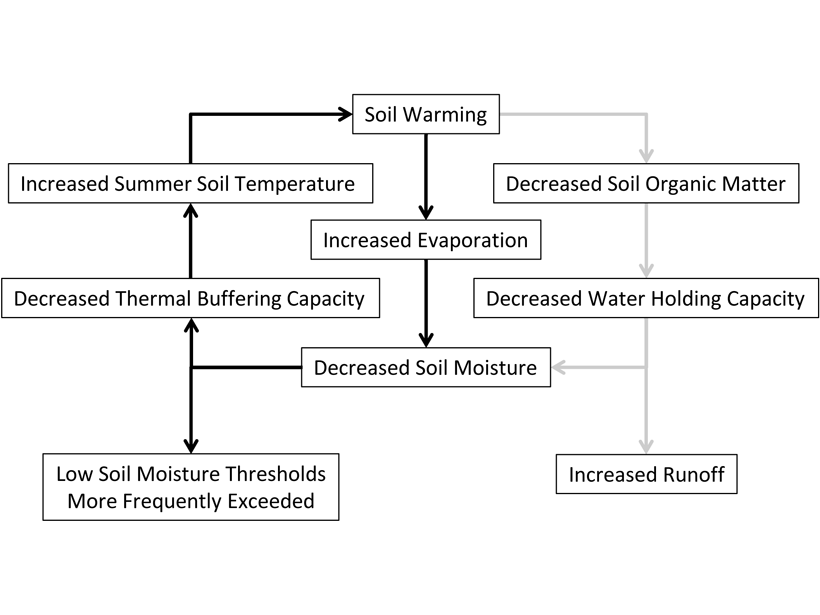In the small-scale details of grain shape, researchers have found a new way to understand how sediment flows in a river, a process shaping Earth’s landscapes.
experiments
Ants Aren’t Adapting to Warmer Temperatures
Foraging in hotter-than-desired temperatures could negatively affect ants’ biology and the forest ecosystems that they support.
Does This Mineral Indicate Oxygen on Mars?
Manganese oxides are thought to be a signature of atmospheric oxygen. But on the Red Planet, recent results suggest they might be more of a red herring.
Testing the Resilience of the Amazon
A mega-experiment in Brazil will evaluate how tropical rain forests absorb carbon as emissions increase.
Warmer Winters Keep Crops Sleepy into Spring, Hurting Yield
Annual crops go dormant during winter. Frosty temperatures cue them to wake up—but the warmer winters brought on by climate change scramble the cold signal, hurting yield.
New Results Deepen the Mystery of Earth’s Early Magnetic Field
How was Earth’s early magnetic field produced? New experimental results and modeling show that the energy source could not have come from exsolution of lithophile elements from the core.
Lightning Discharge Type Linked to Terrestrial Gamma‐Ray Flashes
For the first time, the connection between energetic in cloud pulse and terrestrial gamma‐ray flashes is confirmed in the Gamma-Ray Observation of Winter Thunderclouds experiment in Japan.
Soil Remains Warmer and Drier After Long-term Warming Stops
Pausing a long-term soil warming experiment revealed that previously warmed plots remained both warmer and drier compared to plots which had not experienced previous soil warming.
A Dive into the Deep Earth
In July, Eos looks at the incredible capabilities scientists have developed to recreate the enormous pressures and temperatures that exist far below the planet’s surface.
Earth’s Core Is in the Hot Seat
How old is Earth’s inner core? High-pressure and high-temperature experiments suggest that our planet’s inner furnace may be much younger than expected.










